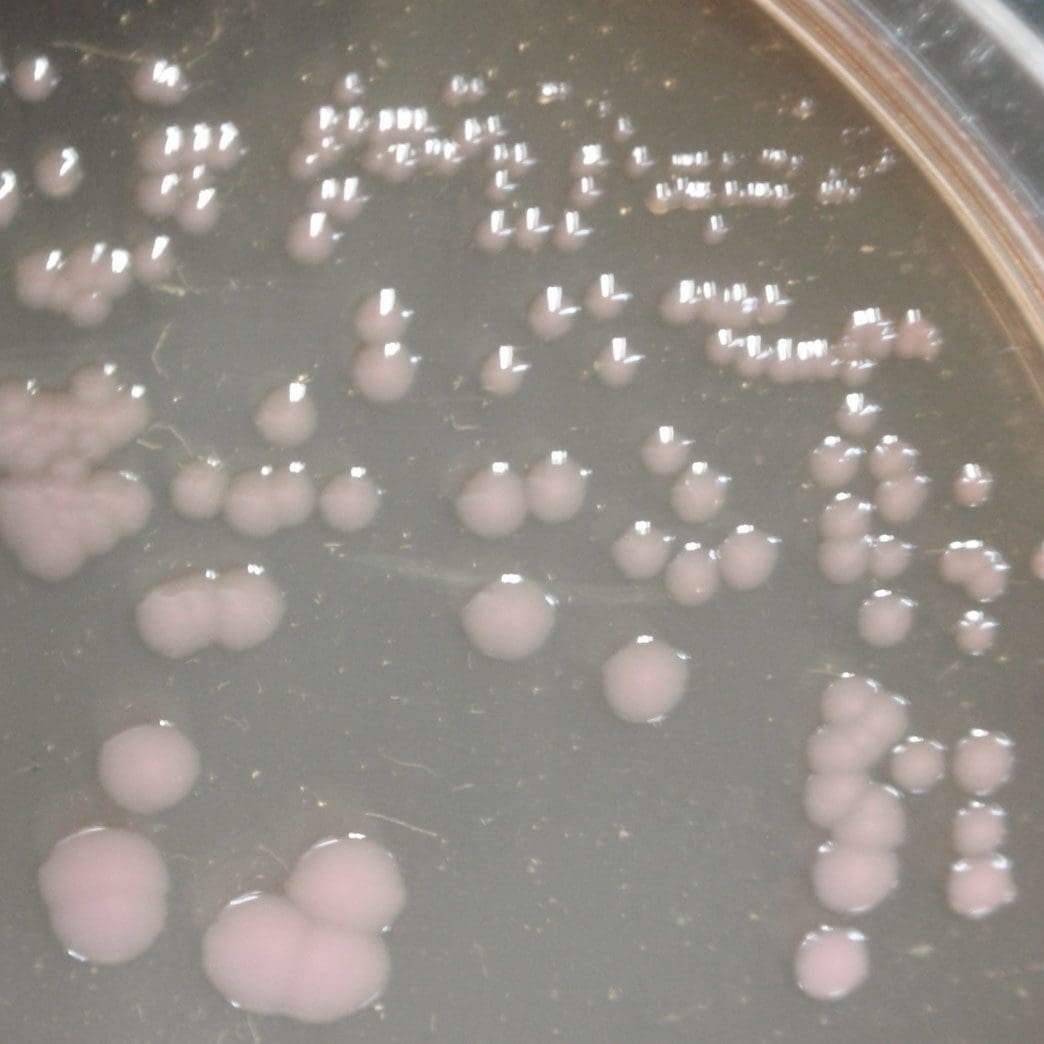
Get A Testing Quote
Acinetobacter baumannii
Structure and Physiology
This bacteria is a Gram-negative, rod-shaped aerobe. A. baumannii can be responsible for infections such as pneumonia and septicemia in immunodeficient patients. The natural reservoir of this organism remains to be determined. These are among a class of bacteria that are “naturally transformable” – meaning that the incorporation of exogenous genetic material can occur due to a special physiological state incorporated by the bacteria, which may be the reason for the prevalence of antibiotic resistance in some strains of A. baumannii.
Transmission and Disease
Multi-drug resistant A. baumannii is a growing concern, especially in hospital settings, where it is thought that the bacterium can survive on hospital surfaces for long periods. Because of the germ’s multi-drug resistance and prevalence in nosocomial infections, it has been grouped as an ESKAPE pathogen (Enterococcus, Stapylococcus, Klebsiella, Acinetobacter, Pseudomonas, and Enterobacter species).
Disinfection
A. baumannii‘s ability to survive and avoid desiccation contributes to this microbe’s fitness and can make this bacterium relatively difficult to disinfect.
Notes
In recent news, an antibiotic-resistant strain of A. baumannii was identified as the causitive organism in an outbreak of over 250 military personnel in Iraq. The disease was originally thought to have originated from the soil, but the vector of tansmission was found to be in the military’s medical evacuation chain, where wounded or sick soldiers would be transported to various medical facilities for treatment.
Reference
- Perez, Federico, et al. “Global challenge of multidrug-resistant Acinetobacter baumannii.” Antimicrobial agents and chemotherapy 51.10 (2007): 3471-3484.
Share

